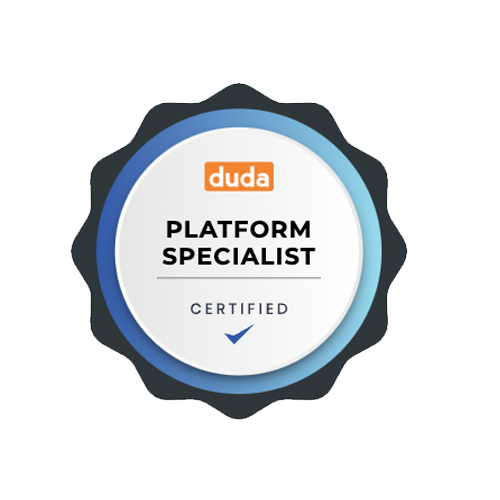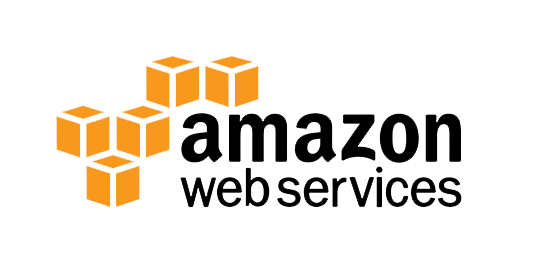How Website Performance in Frankston Impacts Your Revenue: A Developer’s Guide

In today's digital age, a strong online presence is crucial for any business, especially in a vibrant community like Frankston. Your website is often the first interaction a potential customer has with your brand. If that experience is slow, clunky, or frustrating, you're likely losing business. This article delves into how website performance directly impacts your revenue in Frankston and what you, as a developer, can do to optimise it.
The Frankston Customer: Expectations and Online Behaviour
Frankston, like many areas in Australia, boasts a digitally savvy population. Residents expect fast, seamless online experiences. They're researching local businesses, comparing prices, and looking for convenient services. If your website doesn't meet these expectations, they'll quickly move on to a competitor. Understanding the online behaviour of your target audience in Frankston is the first step to building a high-performing website.
- Mobile-First Mentality: Many Frankston residents access the internet via their smartphones. Your website must be fully responsive and optimised for mobile devices. This means fast loading times, easy navigation, and clear visuals on smaller screens.
- Local Search Dominance: When searching for products or services, Frankston customers often use local search terms like "restaurants in Frankston" or "mechanics near me." Optimising your website for local SEO is vital to ensure your business appears in these searches.
- Impatience is Key: Frankston residents expect websites to load quickly. A slow loading site can lead to high bounce rates, meaning visitors leave your site without engaging with your content. This directly impacts your potential revenue.
- Trust and Credibility: A professional, well-designed website builds trust and credibility. Conversely, a poorly performing site can make your business appear unprofessional and untrustworthy, deterring potential customers.
The Direct Link Between Website Performance and Revenue
The connection between website performance and revenue is undeniable. A slow or poorly designed website can significantly impact your bottom line in several ways:
- Lost Sales: Slow loading times lead to abandoned shopping carts and lost sales opportunities. Customers are less likely to complete a purchase if they have to wait for pages to load.
- Decreased Conversions: A website that is difficult to navigate or has a confusing checkout process can discourage conversions. This means fewer leads, fewer sales, and ultimately, less revenue.
- Lower Search Engine Ranking: Search engines like Google consider website performance when determining search rankings. A slow website can negatively impact your SEO, making it harder for potential customers to find you.
- Damaged Brand Reputation: A poor website experience can damage your brand reputation. Customers may perceive your business as unprofessional or unreliable if your website is not up to par.
- Increased Customer Acquisition Costs: If your website is not effectively converting visitors into customers, you'll need to spend more on advertising and marketing to attract new leads, increasing your customer acquisition costs.
Key Performance Indicators (KPIs) to Track
To understand how your website is performing, you need to track key metrics. These KPIs provide valuable insights into user behaviour and help you identify areas for improvement. Here are some essential KPIs to focus on:
- Page Load Time: This measures how long it takes for a page to load. Aim for a load time of under three seconds.
- Bounce Rate: This is the percentage of visitors who leave your website after viewing only one page. A high bounce rate can indicate problems with your website's content, design, or performance.
- Conversion Rate: This measures the percentage of visitors who complete a desired action, such as making a purchase or filling out a contact form.
- Average Session Duration: This measures how long visitors spend on your website. A longer session duration suggests that visitors are engaged with your content.
- Mobile Friendliness: Ensure your website is optimised for mobile devices. Google offers a mobile-friendly testing tool that can help you assess your website's mobile performance.
Optimising Your Website for Performance: A Developer's Checklist
As a developer, you play a crucial role in ensuring website performance. Here's a checklist of best practices to follow:
- Optimise Images: Compress images to reduce file size without sacrificing quality. Use appropriate image formats like JPEG for photographs and PNG for graphics.
- Minify CSS and JavaScript: Reduce the size of your CSS and JavaScript files by removing unnecessary characters and whitespace.
- Leverage Browser Caching: Enable browser caching to store static assets like images and CSS files on the user's browser, reducing the number of requests to your server.
- Choose a Reliable Hosting Provider: A good hosting provider ensures fast server response times and reliable uptime. Consider a hosting provider with servers located in Australia for optimal performance for Frankston visitors.
- Use a Content Delivery Network (CDN): A CDN distributes your website's content across multiple servers, allowing users to access it from a server closer to their location, improving loading times.
- Implement Lazy Loading: Lazy loading defers the loading of non-critical resources, such as images below the fold, until they are needed. This can significantly improve initial page load time.
- Minimise HTTP Requests: Reduce the number of HTTP requests required to load a page by combining files, using CSS sprites, and optimising images.
- Regularly Test and Monitor: Use website performance testing tools to regularly monitor your website's performance and identify areas for improvement.
The Importance of Local SEO in Frankston
For businesses in Frankston, local SEO is paramount. Optimising your website for local search terms ensures that your business appears in search results when potential customers in Frankston are looking for products or services you offer.
- Google My Business: Claim and optimise your Google My Business profile. This is a crucial step for local SEO. Ensure your business name, address, and phone number (NAP) are consistent across all online platforms.
- Local Citations: List your business in relevant online directories and local citation websites. This helps to build your online presence and improve your local search ranking.
- Target Local Keywords: Incorporate local keywords into your website content, such as "plumber in Frankston" or "hair salon near me."
- Encourage Customer Reviews: Positive customer reviews can significantly impact your local search ranking and attract new customers.
Partnering with a Local Digital Marketing Agency
Optimising website performance and implementing effective SEO strategies can be complex. Partnering with a local digital marketing agency like Octopus Digital, a website and digital marketing services company in Frankston, can provide you with the expertise and resources you need to succeed online. We understand the Frankston market and can help you develop a tailored strategy to improve your website performance, attract more customers, and boost your revenue.
Octopus Digital can help you with:
- Website Audits: We can conduct comprehensive website audits to identify performance bottlenecks and areas for improvement.
- SEO Optimisation: We can optimise your website for local SEO to ensure your business appears in relevant search results.
- Content Marketing: We can create engaging and informative content that attracts and retains customers.
- Performance Monitoring: We can continuously monitor your website's performance and make adjustments as needed.
By focusing on website performance and local SEO, you can unlock the full potential of your online presence and drive significant revenue growth for your business in Frankston.



















